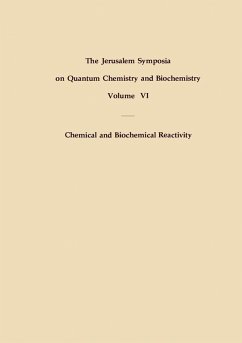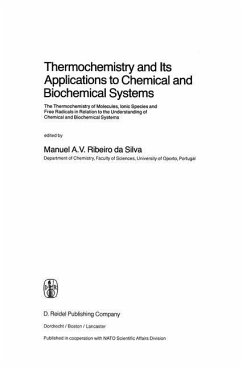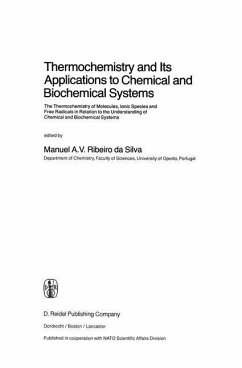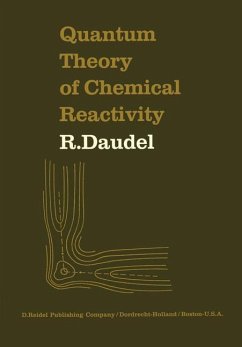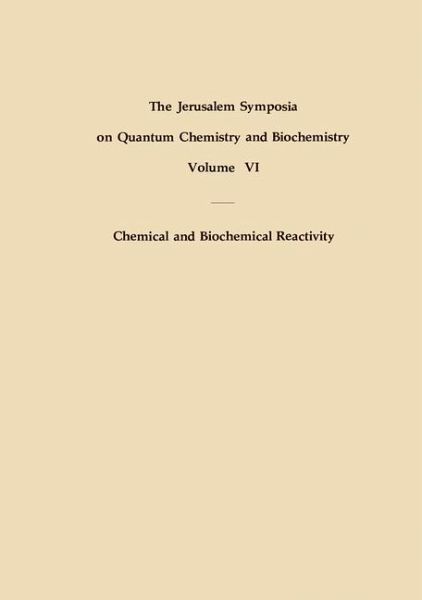
Chemical and Biochemical Reactivity
Proceedings of an International Symposium held in Jerusalem, 9-13 April 1973
Herausgegeben: Bergmann, E.; Pullman, Bernard
Versandkostenfrei!
Versandfertig in 1-2 Wochen
153,99 €
inkl. MwSt.

PAYBACK Punkte
77 °P sammeln!
COMPARED WITH the first five Jerusalem Symposia on Quantum Chemistry and Biochem istry, this sixth Symposium represents a step into a new and largely uncharted area: that of Chemical and Biochemical Reactivity. While the previous Symposia dealt principally with the 'static' data, describing molecules-even large ones-of chemical and biological in terest, the present Symposium attempts to deal with 'dynamic' phenomena and the factors which determine their course. The complexities of these systems and the ensuing theoreti cal (and experimental) difficulties are, obviously, much more pronounced. N...
COMPARED WITH the first five Jerusalem Symposia on Quantum Chemistry and Biochem istry, this sixth Symposium represents a step into a new and largely uncharted area: that of Chemical and Biochemical Reactivity. While the previous Symposia dealt principally with the 'static' data, describing molecules-even large ones-of chemical and biological in terest, the present Symposium attempts to deal with 'dynamic' phenomena and the factors which determine their course. The complexities of these systems and the ensuing theoreti cal (and experimental) difficulties are, obviously, much more pronounced. Nevertheless, we hope that the present volume of Proceedings makes a positive contribu tion to the very interesting field of Reactivity: the lively discussions which followed every paper seem to us a good indication that our hope is justified. As last year, we have includ ed in these Proceedings only those portions of the discussions which the participants themselves formulated in writing, and, of course, the replies given by the speakers, to whom we transmitted the written formulations. We must apologize to the participants in the Symposium for the long delay in publishing this volume. The October 1973 War, and, even more, its aftermath, made it impossible for us to produce the work by our scheduled date of April 1, 1974, as Israel's manpower, especially its technically skilled manpower, was not always free for its normal occupation.



